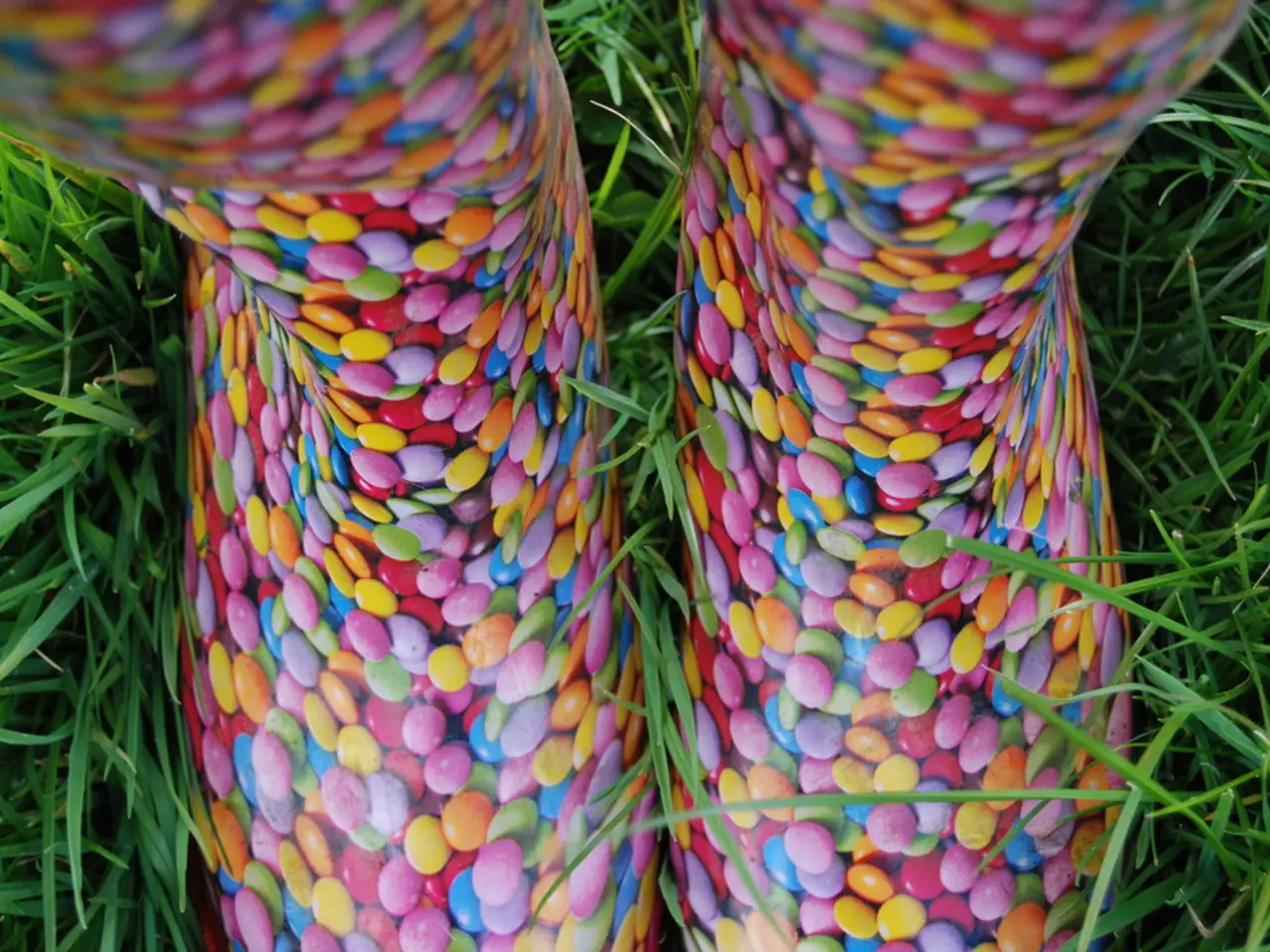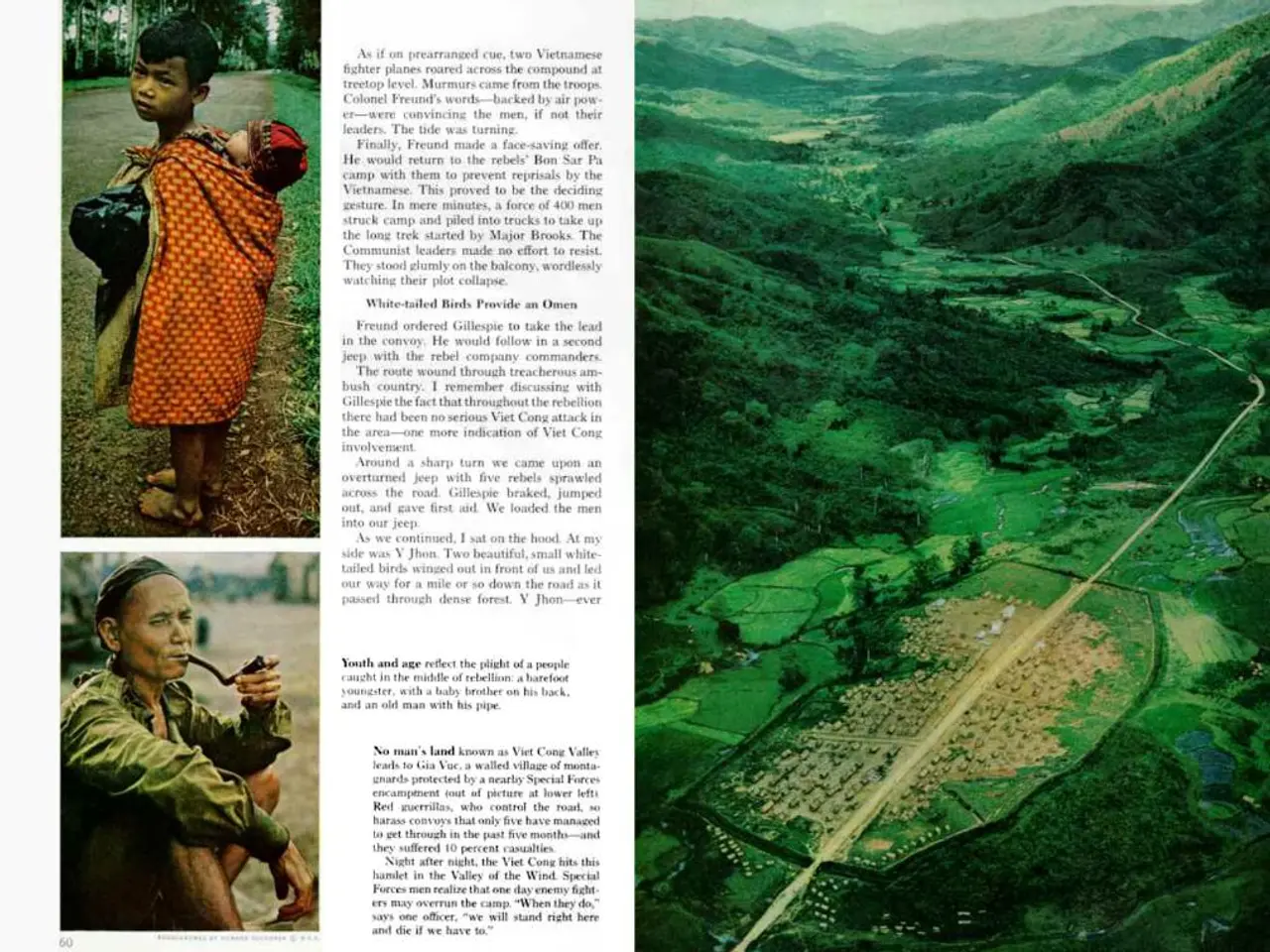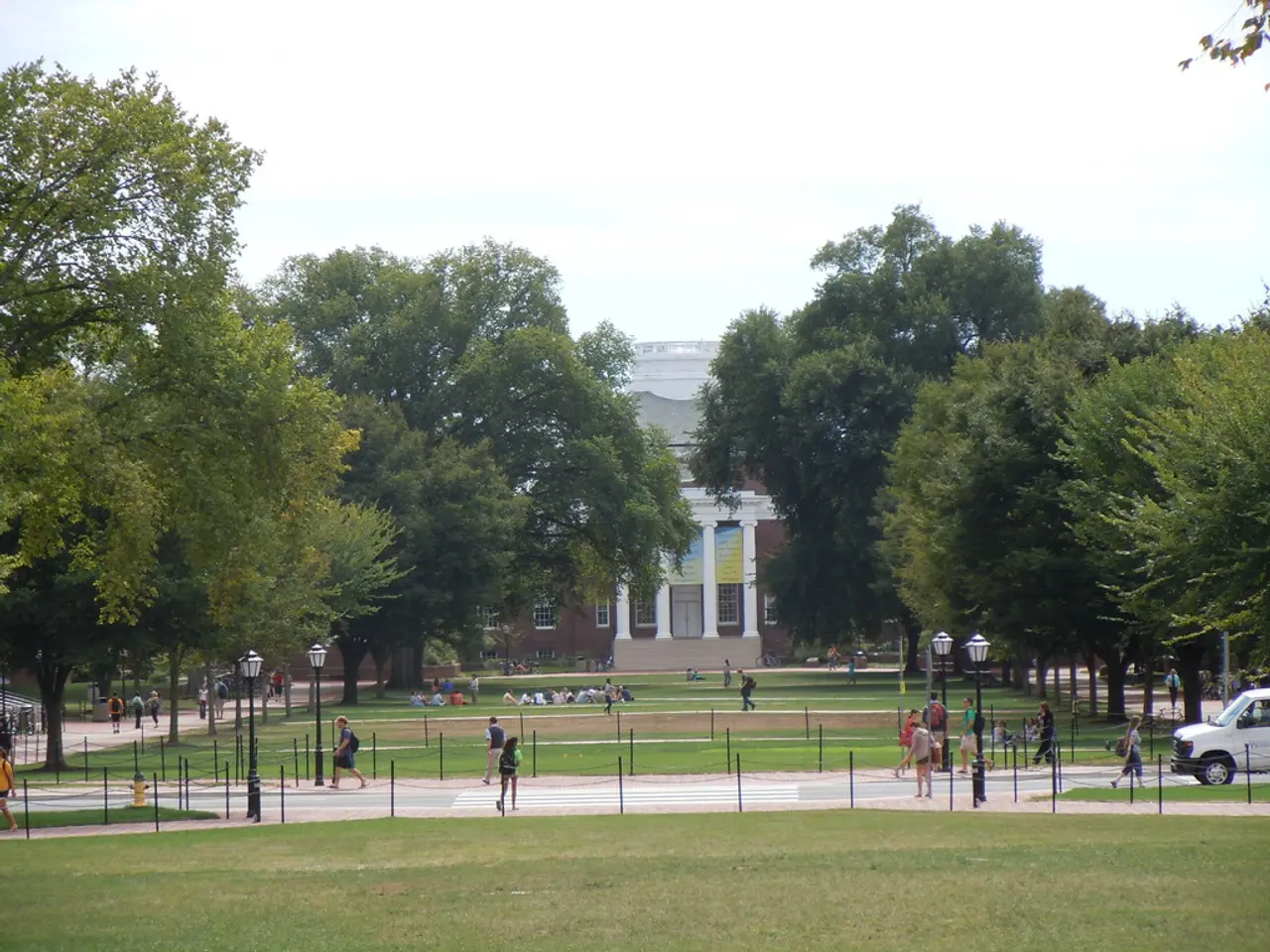Exploring the Fascinating Gemstone: Red Beryl
Red beryl, also known as bixbite, is one of the rarest colored gemstones in the world, exceeding even diamonds in scarcity[1]. This beautiful gemstone is primarily found in a limited number of locations, with the Wah Wah Mountains in Utah being the most significant source.
The Wah Wah Mountains, located in Utah, USA, are the primary global source of red beryl. Production here is extremely limited, and only a few facetable stones are recovered each year, almost all under 5 carats in size[1]. Despite its rarity, red beryl from Utah is sometimes referred to as "the red emerald" of the region, though it is much rarer than emerald.
Beyond Utah, red beryl has been reported in New Mexico, USA, but these finds are much less significant and not commercially mined to any notable extent[2]. Worldwide, the primary beryllium minerals (such as emerald and aquamarine) are found in countries like Argentina, Brazil, India, Madagascar, and Russia, but there is no evidence of commercial red beryl production in these regions[2]. The mineralogical rarity of red beryl means that Utah remains the only major source.
The concentration of beryllium in red beryl-producing localities can reach levels of 25 parts per million (ppm). The only reliable source of gem-quality red beryl is the 'Ruby Violet' or 'Red Beryl' mine in Utah, which has been the only mine to produce significant quantities of the gemstone[3]. Red beryl forms as a result of an unusual set of geological circumstances and is the rarest variety of the beryl family, which includes emerald and aquamarine[4].
Red beryl can be referred to as 'raspberyl', a term that is also erroneously given to pezzotaite. Crystals of red beryl form in the hexagonal crystal system and are often characterized by common inclusions such as feathers, fractures, mineral inclusions of quartz, feldspar, hematite, and bixbyite[4]. The Russian Institute of Crystallography produced a synthetic red beryl between the mid-1990s and 2016[4].
The mine has now reverted to the full ownership of the Harris family, who initially discovered red beryl in 1904 at Maynard's Claim in the Thomas Range, Utah[6]. GMI (Gemstone Mining Inc.) extended the lease for the red beryl mine in 1997 for a cost of $10M and acquired all the stones that had been successfully mined by Kennecott, selling them to a Gibraltar-based company called Red Emerald Ltd, which was funded by the Canadian investor, Red Emerald Resources[7].
As of 2003, around 60,000 carats of red beryl had been mined from the 'Ruby Violet' mine, and only 10% of the mined red beryl can be faceted[3]. One red beryl is mined for every 150,000 diamonds, and the largest known faceted red beryl is 8.0 carats[3]. It's important to note that the distinction between synthetic red beryl and natural one can be made by comparing their internal features[8].
The term 'red emerald' is frowned upon by the FTC, and red beryl's extreme scarcity and unique beauty make it one of the world's most coveted collector's gems.
| Location | Significance | Notes | |---------------------|-------------------------------------|--------------------------------------------| | Wah Wah Mountains, Utah, USA | Primary global source | Extremely rare, small crystal sizes | | New Mexico, USA | Minor reported occurrences | Not commercially significant | | Other beryl regions (e.g., Brazil, Russia, Madagascar) | No known red beryl production | Major for other beryl varieties, not red |
Sources: 1. [Red Beryl: The Rarest Gemstone in the World](https://www.gemselect.com/gemstones/beryl/red-beryl.html) 2. [Red Beryl: The Rarest Beryl](https://www.gemstoneuniverse.com/gemstone-encyclopedia/red-beryl/) 3. [Red Beryl: The Rarest Gemstone](https://www.gia.edu/red-beryl) 4. [Red Beryl: A Rare Gemstone](https://www.mindat.org/min-13269.html) 5. [Red Beryl: A Rare and Valuable Gemstone](https://www.gemstone.org/red-beryl/) 6. [Red Beryl Mine](https://www.gemstone.org/red-beryl-mine/) 7. [Red Beryl: The Rarest Gemstone in the World](https://www.gemselect.com/gemstones/beryl/red-beryl.html) 8. [Red Beryl vs Synthetic Red Beryl](https://www.gemstone.org/red-beryl-vs-synthetic-red-beryl/)
- The Wah Wah Mountains in Utah are the primary global source of the rare gemstone, red beryl.
- Production of red beryl in the Wah Wah Mountains is extremely limited, with only a few facetable stones recovered each year, usually under 5 carats in size.
- Despite its rarity, red beryl from Utah is sometimes referred to as "the red emerald" of the region, though it is much rarer than emerald.
- Crystals of red beryl form in the hexagonal crystal system and are often characterized by common inclusions such as feathers, fractures, mineral inclusions of quartz, feldspar, hematite, and bixbyite.
- The Ruby Violet mine in Utah, which has been the only mine to produce significant quantities of red beryl, is the only reliable source of gem-quality red beryl.
- The mineralogical rarity of red beryl means that Utah remains the only major source of this gemstone.
- The mine has now reverted to the full ownership of the Harris family, who initially discovered red beryl in 1904.
- As of 2003, around 60,000 carats of red beryl had been mined from the 'Ruby Violet' mine, and only 10% of the mined red beryl can be faceted.
- The term 'red emerald' is frowned upon by the FTC, and red beryl's extreme scarcity and unique beauty make it one of the world's most coveted collector's gems.




